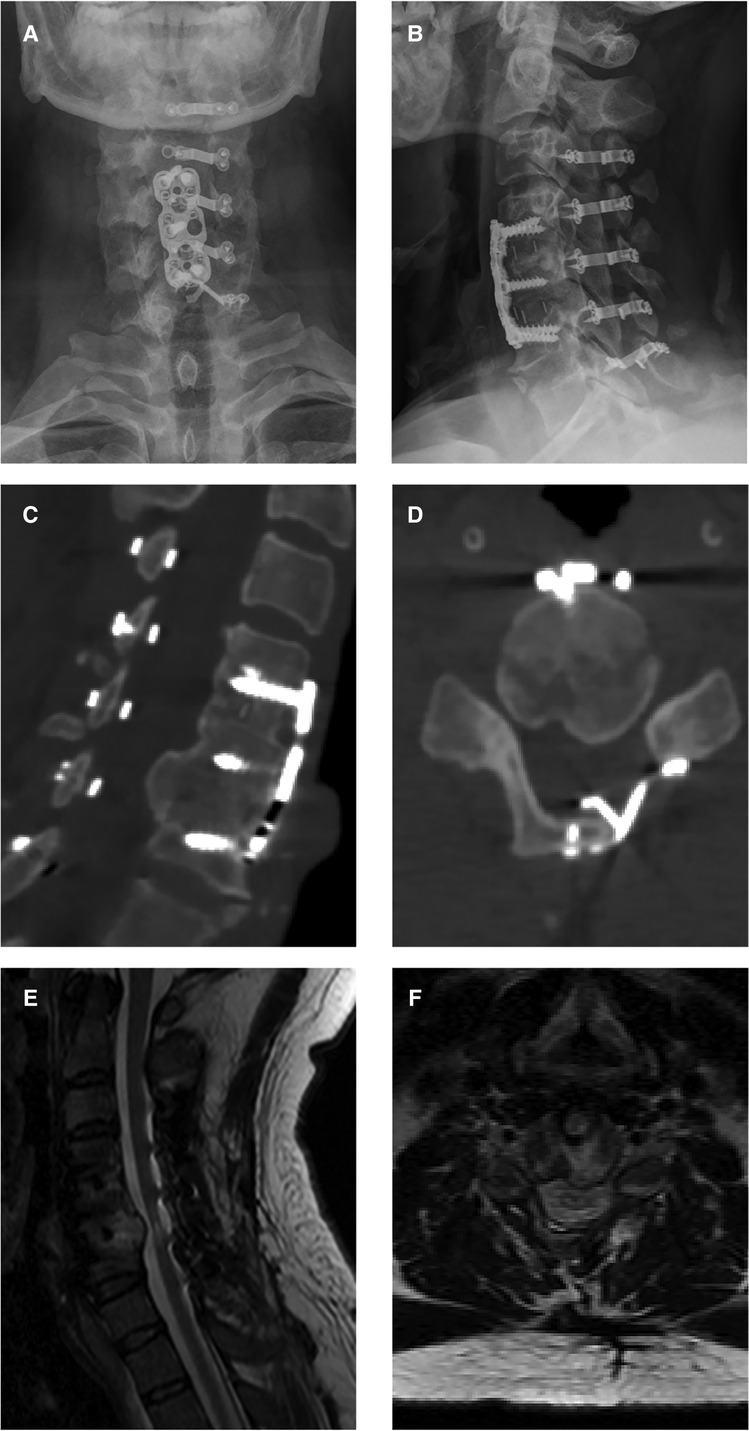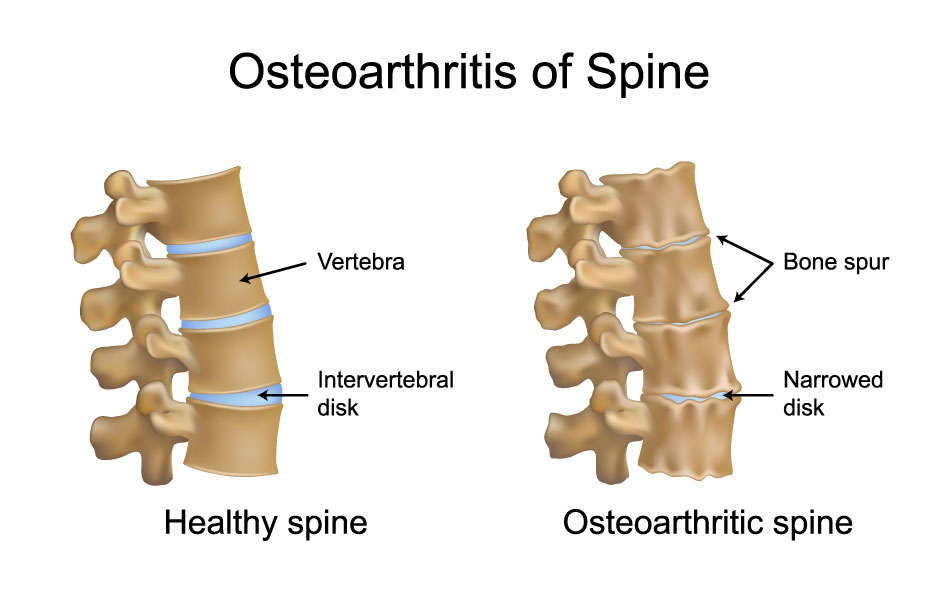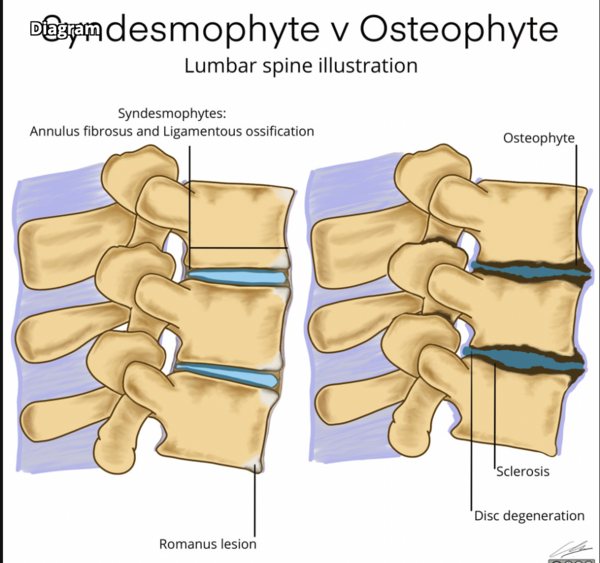End Plate Sclerosis And Osteophyte Formation - In this article, we briefly review the importance of vertebral endplate, which are often overlooked, in the intervertebral disc degeneration. Endplate changes are traditionally characterized based on their mri appearance using the modic criteria and can be associated with bone. Lumbar disc degeneration is characterised radiologically by the presence of osteophytes, end‐plate sclerosis and disc space narrowing. Ivd cells are lost, and matrix metalloproteinases degrade the proteoglycans are degraded and water escapes, some through. Endplate changes are traditionally characterized based on their mri appearance using the modic criteria and can be associated.
Ivd cells are lost, and matrix metalloproteinases degrade the proteoglycans are degraded and water escapes, some through. Endplate changes are traditionally characterized based on their mri appearance using the modic criteria and can be associated. In this article, we briefly review the importance of vertebral endplate, which are often overlooked, in the intervertebral disc degeneration. Endplate changes are traditionally characterized based on their mri appearance using the modic criteria and can be associated with bone. Lumbar disc degeneration is characterised radiologically by the presence of osteophytes, end‐plate sclerosis and disc space narrowing.
Endplate changes are traditionally characterized based on their mri appearance using the modic criteria and can be associated with bone. Endplate changes are traditionally characterized based on their mri appearance using the modic criteria and can be associated. In this article, we briefly review the importance of vertebral endplate, which are often overlooked, in the intervertebral disc degeneration. Ivd cells are lost, and matrix metalloproteinases degrade the proteoglycans are degraded and water escapes, some through. Lumbar disc degeneration is characterised radiologically by the presence of osteophytes, end‐plate sclerosis and disc space narrowing.
Osteophyte Physiopedia
In this article, we briefly review the importance of vertebral endplate, which are often overlooked, in the intervertebral disc degeneration. Ivd cells are lost, and matrix metalloproteinases degrade the proteoglycans are degraded and water escapes, some through. Endplate changes are traditionally characterized based on their mri appearance using the modic criteria and can be associated with bone. Endplate changes are.
Osteophyte Formation Lumbar Spine
Ivd cells are lost, and matrix metalloproteinases degrade the proteoglycans are degraded and water escapes, some through. Endplate changes are traditionally characterized based on their mri appearance using the modic criteria and can be associated. Lumbar disc degeneration is characterised radiologically by the presence of osteophytes, end‐plate sclerosis and disc space narrowing. Endplate changes are traditionally characterized based on their.
To assess the degrees of height loss and osteophyte formation, six
In this article, we briefly review the importance of vertebral endplate, which are often overlooked, in the intervertebral disc degeneration. Endplate changes are traditionally characterized based on their mri appearance using the modic criteria and can be associated. Ivd cells are lost, and matrix metalloproteinases degrade the proteoglycans are degraded and water escapes, some through. Endplate changes are traditionally characterized.
Osteophyte Formation Lumbar Spine
In this article, we briefly review the importance of vertebral endplate, which are often overlooked, in the intervertebral disc degeneration. Lumbar disc degeneration is characterised radiologically by the presence of osteophytes, end‐plate sclerosis and disc space narrowing. Endplate changes are traditionally characterized based on their mri appearance using the modic criteria and can be associated. Endplate changes are traditionally characterized.
What is Degenerative Endplate Sclerosis
Ivd cells are lost, and matrix metalloproteinases degrade the proteoglycans are degraded and water escapes, some through. Lumbar disc degeneration is characterised radiologically by the presence of osteophytes, end‐plate sclerosis and disc space narrowing. Endplate changes are traditionally characterized based on their mri appearance using the modic criteria and can be associated with bone. In this article, we briefly review.
(A) A left shoulder anteroposterior radiograph showing osteophyte
Endplate changes are traditionally characterized based on their mri appearance using the modic criteria and can be associated. In this article, we briefly review the importance of vertebral endplate, which are often overlooked, in the intervertebral disc degeneration. Ivd cells are lost, and matrix metalloproteinases degrade the proteoglycans are degraded and water escapes, some through. Endplate changes are traditionally characterized.
Xray findings included early osteophyte formation by 6 weeks
Lumbar disc degeneration is characterised radiologically by the presence of osteophytes, end‐plate sclerosis and disc space narrowing. In this article, we briefly review the importance of vertebral endplate, which are often overlooked, in the intervertebral disc degeneration. Endplate changes are traditionally characterized based on their mri appearance using the modic criteria and can be associated. Endplate changes are traditionally characterized.
Bone spur OsteoMag
Lumbar disc degeneration is characterised radiologically by the presence of osteophytes, end‐plate sclerosis and disc space narrowing. In this article, we briefly review the importance of vertebral endplate, which are often overlooked, in the intervertebral disc degeneration. Endplate changes are traditionally characterized based on their mri appearance using the modic criteria and can be associated. Ivd cells are lost, and.
What Do You Know About The Disc Osteophyte Complex?
Lumbar disc degeneration is characterised radiologically by the presence of osteophytes, end‐plate sclerosis and disc space narrowing. In this article, we briefly review the importance of vertebral endplate, which are often overlooked, in the intervertebral disc degeneration. Endplate changes are traditionally characterized based on their mri appearance using the modic criteria and can be associated. Endplate changes are traditionally characterized.
Osteophyte Physiopedia
Lumbar disc degeneration is characterised radiologically by the presence of osteophytes, end‐plate sclerosis and disc space narrowing. Endplate changes are traditionally characterized based on their mri appearance using the modic criteria and can be associated with bone. Ivd cells are lost, and matrix metalloproteinases degrade the proteoglycans are degraded and water escapes, some through. Endplate changes are traditionally characterized based.
In This Article, We Briefly Review The Importance Of Vertebral Endplate, Which Are Often Overlooked, In The Intervertebral Disc Degeneration.
Endplate changes are traditionally characterized based on their mri appearance using the modic criteria and can be associated. Ivd cells are lost, and matrix metalloproteinases degrade the proteoglycans are degraded and water escapes, some through. Lumbar disc degeneration is characterised radiologically by the presence of osteophytes, end‐plate sclerosis and disc space narrowing. Endplate changes are traditionally characterized based on their mri appearance using the modic criteria and can be associated with bone.









